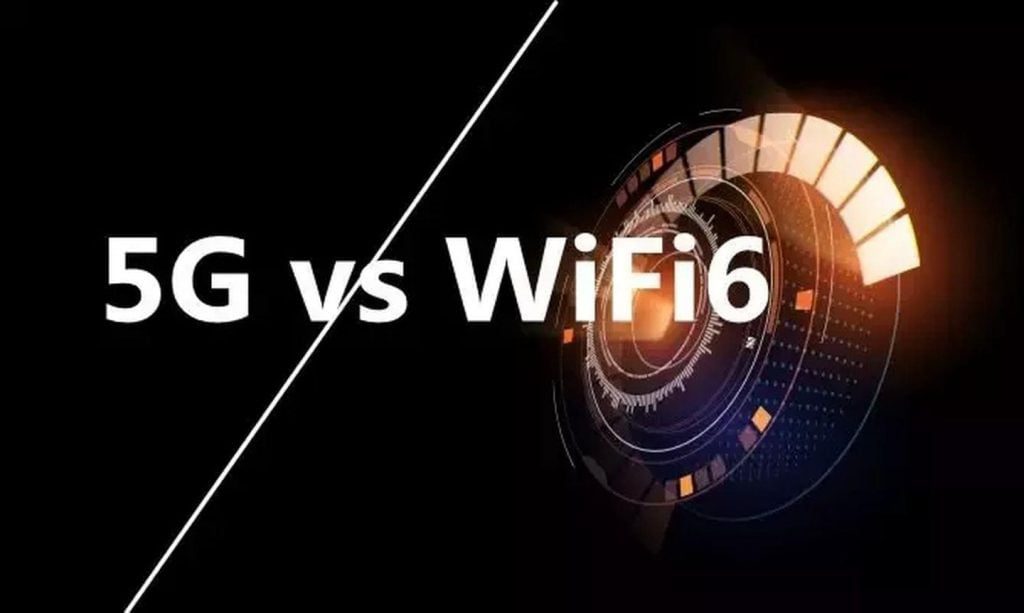5G vs Wi-Fi 6: Which is Better for Your Business?
In today’s fast-paced digital world, businesses rely heavily on robust and reliable connectivity to stay competitive. With the rise of remote work, cloud computing, and the Internet of Things (IoT), the demand for high-speed, low-latency networks has never been greater. Two of the most talked-about technologies in this space are 5G and Wi-Fi 6. Both promise faster speeds, improved performance, and enhanced connectivity, but which one is better for your business? In this article, we’ll dive deep into the differences between 5G and Wi-Fi 6, their advantages and disadvantages, and how to choose the right solution for your business needs.
What is 5G?
5G is the fifth generation of cellular network technology, designed to deliver faster speeds, lower latency, and greater capacity than its predecessors (4G LTE). It operates on a range of frequency bands, including low-band, mid-band, and high-band (mmWave), each offering different performance characteristics.
Key Features of 5G:
Speed: 5G can deliver download speeds of up to 10 Gbps, making it significantly faster than 4G.
Latency: With latency as low as 1 millisecond, 5G is ideal for real-time applications like video conferencing and online gaming.
Capacity: 5G can support up to 1 million devices per square kilometer, making it suitable for densely populated areas.
Mobility: 5G is designed for on-the-go connectivity, making it ideal for businesses with mobile operations or remote workers.
What is Wi-Fi 6?
Wi-Fi 6, also known as 802.11ax, is the latest generation of Wi-Fi technology. It builds on the strengths of Wi-Fi 5 (802.11ac) while introducing new features to improve speed, efficiency, and performance in high-density environments.
Key Features of Wi-Fi 6:
Speed: Wi-Fi 6 can deliver speeds of up to 9.6 Gbps, though real-world speeds are typically lower.
Latency: Wi-Fi 6 reduces latency, making it suitable for applications like video streaming and online collaboration.
Capacity: Wi-Fi 6 uses technologies like OFDMA and MU-MIMO to support more devices simultaneously, making it ideal for offices with many connected devices.
Efficiency: Wi-Fi 6 is more energy-efficient, which can extend the battery life of connected devices.
5G vs Wi-Fi 6: Key Differences
While both 5G and Wi-Fi 6 aim to improve connectivity, they differ in several key areas:
1. Coverage and Range
5G: 5G coverage depends on the availability of cellular infrastructure. While low-band 5G offers wide coverage, high-band mmWave 5G has a limited range and struggles with obstacles like walls.
Wi-Fi 6: Wi-Fi 6 is limited to the range of your router, typically up to 100-150 feet indoors. However, mesh Wi-Fi systems can extend coverage across larger areas.
2. Speed
5G: 5G offers faster speeds, especially in high-band mmWave areas. However, speeds can vary depending on network congestion and signal strength.
Wi-Fi 6: Wi-Fi 6 provides consistent speeds within its range, making it ideal for fixed locations like offices.
3. Latency
5G: 5G has lower latency, making it better for real-time applications like autonomous vehicles and remote surgery.
Wi-Fi 6: Wi-Fi 6 also offers low latency but may not match the ultra-low latency of 5G.
4. Device Capacity
5G: 5G can support a massive number of devices, making it suitable for IoT deployments and smart cities.
Wi-Fi 6: Wi-Fi 6 improves device capacity compared to previous Wi-Fi standards but may still struggle in extremely high-density environments.
5. Cost
5G: 5G requires a subscription from a cellular provider, which can be costly for businesses with many devices.
Wi-Fi 6: Wi-Fi 6 requires an upfront investment in routers and infrastructure but has lower ongoing costs.
6. Mobility
5G: 5G is designed for mobility, making it ideal for businesses with remote workers or mobile operations.
Wi-Fi 6: Wi-Fi 6 is better suited for fixed locations like offices and homes.
Use Cases for 5G and Wi-Fi 6
When to Choose 5G:
Remote Work: 5G is ideal for businesses with remote workers who need reliable connectivity on the go.
IoT Deployments: 5G’s ability to support a massive number of devices makes it perfect for IoT applications like smart factories and connected vehicles.
High Mobility: Businesses with mobile operations, such as logistics or transportation, can benefit from 5G’s seamless connectivity.
Low Latency Applications: Industries like healthcare (telemedicine) and gaming (cloud gaming) can leverage 5G’s ultra-low latency.
When to Choose Wi-Fi 6:
Office Environments: Wi-Fi 6 is perfect for businesses with fixed locations, providing fast and reliable connectivity for employees.
High-Density Areas: Wi-Fi 6’s improved capacity makes it ideal for offices with many connected devices.
Cost-Effective Solution: Wi-Fi 6 has lower ongoing costs compared to 5G, making it a budget-friendly option for small businesses.
Energy Efficiency: Wi-Fi 6’s energy-saving features can extend the battery life of connected devices, reducing operational costs.
Pros and Cons of 5G and Wi-Fi 6
5G Pros:
Faster speeds, especially in mmWave areas.
Ultra-low latency for real-time applications.
High device capacity for IoT deployments.
Seamless mobility for remote workers.
5G Cons:
Limited coverage in rural or indoor areas.
Higher costs due to cellular subscriptions.
Dependent on cellular infrastructure.
Wi-Fi 6 Pros:
Consistent speeds within range.
Improved capacity for high-density environments.
Lower ongoing costs compared to 5G.
Easy to deploy in fixed locations.
Wi-Fi 6 Cons:
Limited range compared to 5G.
Requires upfront investment in routers and infrastructure.
Not ideal for high-mobility applications.
Which is Better for Your Business?
The choice between 5G and Wi-Fi 6 depends on your business needs, budget, and use cases. Here are some scenarios to help you decide:
If You Need Mobility: Choose 5G for businesses with remote workers or mobile operations.
If You Have a Fixed Location: Opt for Wi-Fi 6 for offices, retail stores, or other fixed locations.
If You Need High Device Capacity: 5G is better for IoT deployments, while Wi-Fi 6 is ideal for high-density office environments.
If You’re on a Budget: Wi-Fi 6 has lower ongoing costs, making it a more cost-effective solution for small businesses.
Can You Use Both?
In many cases, businesses can benefit from using both 5G and Wi-Fi 6. For example:
Use 5G for remote workers, IoT devices, and mobile operations.
Use Wi-Fi 6 for office environments, fixed locations, and high-density areas.
By combining the strengths of both technologies, businesses can create a seamless and reliable network infrastructure that meets all their connectivity needs.
Conclusion
Both 5G and Wi-Fi 6 offer significant advantages for businesses, but the right choice depends on your specific requirements. If you need mobility, low latency, and high device capacity, 5G may be the better option. On the other hand, if you’re looking for a cost-effective, high-performance solution for fixed locations, Wi-Fi 6 is the way to go. In many cases, a hybrid approach that leverages both technologies can provide the best of both worlds.
As you evaluate your options, consider factors like coverage, speed, latency, device capacity, and cost. By choosing the right solution for your business, you can ensure that your network infrastructure supports your growth and success in the digital age.



